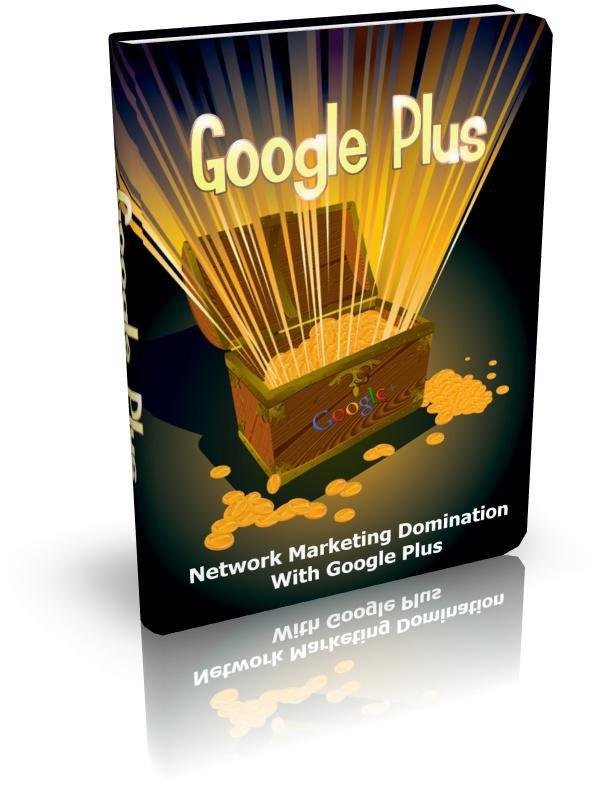Google Plus: How It Shaped Social Media and Its Impact on Marketing
Introduction
Though Google Plus (also known as Google+) may have shut down in 2019, it left a significant mark on social media and digital marketing strategies. Launched in 2011, Google+ was Google’s attempt to enter the social media market dominated by Facebook and Twitter. Although it didn’t achieve the intended massive success, its influence on digital marketing, SEO, and user interaction remains relevant. In this article, we’ll dive into the history, impact, and learnings from Google+, with a special focus on its SEO benefits for marketers.
1. Google Plus: A Brief Overview
When Google launched Google Plus, it aimed to create a unified platform combining elements of social networking and SEO. Some of its popular features included:
- Circles: Users could group their contacts into different circles (e.g., family, friends, co-workers), allowing for targeted sharing.
- Hangouts: Video calls and group chats allowed real-time conversations.
- +1 Button: Similar to Facebook’s “like,” this feature allowed users to endorse content.
Despite these innovative ideas, Google+ struggled to attract and retain users, which ultimately led to its shutdown.
2. Why Google Plus Mattered for SEO
Google Plus offered unique advantages for SEO, as it was directly integrated with Google’s search algorithms. Here’s how it impacted SEO:
-
Faster Indexing: Content shared on Google Plus was indexed almost instantly by Google. This meant that brands sharing blog posts, articles, or updates on Google Plus would appear in search results faster than those on other platforms.
-
Authorship Markup: Google Plus allowed content creators to link their articles with their profiles, enhancing credibility. This helped authors build an online reputation and increase their visibility on SERPs (Search Engine Results Pages).
-
Higher Click-Through Rates (CTR): Content linked to Google Plus profiles often enjoyed higher CTRs due to the enhanced appearance of results. User profiles, images, and follower counts could appear in the search results, making the content more appealing.
3. The Marketing and Brand Benefits of Google Plus
Google Plus allowed businesses to connect with audiences through unique features:
-
Local Business Integration: Google+ was linked to Google My Business, meaning companies could directly reach customers through Google Maps, reviews, and search.
-
Communities: These groups allowed businesses to interact with niche audiences. Companies could create communities to foster discussions, share updates, and gather customer insights.
-
Enhanced Targeting with Circles: With Google Plus Circles, marketers could segment audiences and share tailored content.
4. What We Can Learn from Google Plus Today
Although Google Plus no longer exists, there are lessons marketers can apply to modern social media and SEO strategies:
-
Content Speed Matters: Rapid indexing taught marketers that timely content sharing on optimized platforms can boost visibility.
-
Author Credibility: Google Plus’s authorship feature underlined the importance of building a digital presence as a credible author or brand spokesperson.
-
Community Building: Building a dedicated audience through tailored groups, as with Google Plus Communities, can enhance brand loyalty and engagement.
-
Integrating Social and SEO Efforts: Google Plus showed the potential benefits of linking social media efforts with SEO. Today, linking social media and website content can still enhance search visibility.
5. Alternatives to Google Plus for Marketers Today
Since Google Plus’s closure, other platforms have emerged that offer similar benefits:
-
LinkedIn: Great for SEO and professional content sharing, LinkedIn allows authorship and quick content indexing.
-
YouTube: Owned by Google, YouTube has great SEO potential, allowing marketers to optimize video content to reach large audiences.
-
Google My Business: While not a social media platform, Google My Business is essential for local SEO, especially for brick-and-mortar businesses.
Conclusion
While Google Plus may no longer exist, its impact on digital marketing, SEO, and user engagement lives on. By taking lessons from Google Plus’s unique SEO features and marketing tactics, brands today can optimize their social media presence to maximize search visibility, credibility, and community engagement.







Reviews
There are no reviews yet.